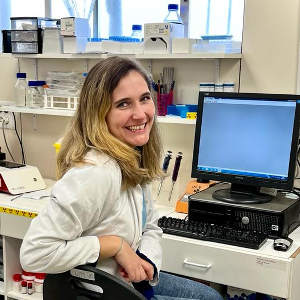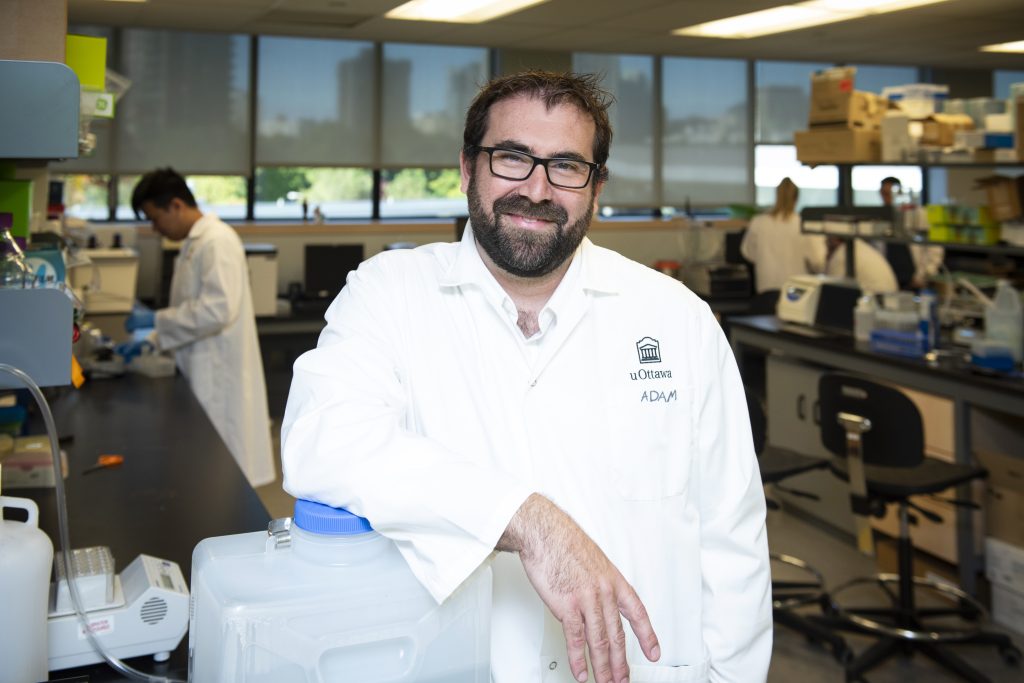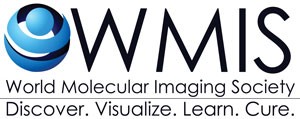
Research Interests:
Dr. Anderson’s research throughout the past 30 years laid a foundation for the growth of radiometal-based agents for diagnostic imaging and targeted radionuclide therapy of cancer, a field now coined “theranostics”. Her lab performed early research on the development of copper-64-labeled antibodies and peptides for positron emission tomography (PET) imaging of cancer, and she and colleagues at Washington University led the first human study of a copper-64-labeled somatostatin analog to image neuroendocrine tumors. The first commercial copper-64-labeled agent in this class is now moving towards FDA approval and commercialization (Cu-64 DOTATATE). Nearly 20 years ago her lab published pre-clinical toxicity of the 177Lu-labeled version of DOTATATE, and that agent is now FDA-approved and commercially available for treating neuroendocrine tumors.
Currently, her lab develops radiometal-based agents to image specific cell types in the immune system for early response assessment of immune-based therapies, as well as targeted radiopharmaceutical therapy agents for melanoma and other types of cancer.

Research Interests:
Dr. Martins’ team is interested in understanding relevant paradigms in human pathology and physiology through accurate non-invasive biomedical imaging. The team uses highly translational molecular and metabolic imaging approaches to determine the role of metabolism in different diseases in vivo. Their research is multidisciplinary, and placed at the intersection of several scientific fields in oncology, biomedical imaging, and fundamental sciences (biophysics, biochemistry, chemistry). The team is also interested in developing the next generation of non-invasive hybrid metabolic sensors for biomedical imaging.

Research Interests:
The Ribeiro Pereira Lab has four major goals:
— Use biomolecules, ranging from small molecules to full-length antibodies, as tumor-targeting agents to deliver imaging or cytotoxic cargo. A primary research focus of our laboratory is the conjugation, labeling, and validation of tumor-targeting molecular imaging and therapeutic agents.
— Use multimodal imaging to monitor the binding of molecular-targeted compounds to tumors before and during therapy. To visualize a particular biological process, we take advantage of the high sensitives of PET, SPECT, or optical imaging. We use non-invasive molecular imaging to determine the role of receptor membrane dynamics and tumor stroma in cancer therapy.
— Use acute and temporal pharmacologic approaches to modulate tumor biology in ways that enhance antibody- and non-antibody-based cancer therapies. We use pharmacologic approaches with appropriate PK/PD as potential adjuvants for specific antibody-targeted and non-antibody-based cancer therapies.
— Improve cancer diagnosis and treatment by combining basic tumor biology with preclinical knowledge and clinical needs. We use fresh cultures of tumors and patient-derived GC xenografts (PDXs) to correlate antibody targeting with the respective tumor’s genetic profile and identify genetic features that characterize a non-responder versus a responder tumor. The preclinical discoveries made in our laboratory are combined with retrospective and prospective studies, prioritized and pushed towards clinical translation.

Research Interests:
Dr. Salinas Rodríguez leads the “Molecular Probes” Laboratory, whose main line of research is the design and development of new molecular tracers and probes for nuclear and optical imaging.

Research Interests:
Medical imaging technologies, such as magnetic resonance imaging (MRI) and positron emission tomography (PET), have the potential to allow early detection of disease, inflammation or injury, improving the ability to detect disease at early stages. The members of the Molecular Medicine Lab are developing new molecules enabling the visualization of these early signs of disease using these medical imaging technologies. With their efforts, their goal is to provide new clinical tools to achieve better prognoses through earlier diagnosis of a range of diseases and injuries spanning atherosclerosis, concussion, drug toxicity, and disease response to therapeutics.
